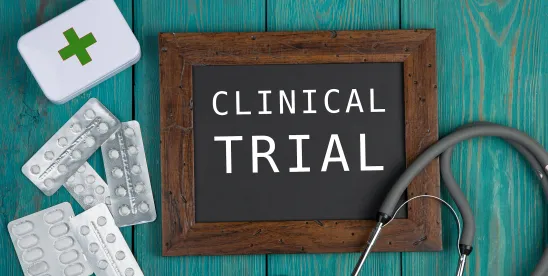The U.S. Food and Drug Administration (FDA), and the Office of Human Research protections (OHRP) released draft guidance titled, “Considerations for Including Tissue Biopsies in Clinical Trials.” Although non-binding, the guidance document reflects FDA’s and OHRP’s current view on the inclusion of biopsies in clinical trials and is informative for sponsors.
Background
The draft guidance acknowledges that biopsies involve some inherent risk, and sponsors must consider whether the risk of including biopsies in a trial are reasonable in relation to the anticipated benefits and resulting knowledge. Within clinical trials, there are two types of biopsies — mandatory biopsies (which are required as a condition of trial participation) and optional biopsies (which are not required as a condition of trial participation).
Consideration for Conducting Tissue Biopsies in Clinical Trials
Generally, the following three factors should be considered when deciding whether to include biopsies (mandatory or optional) as part of a clinical trial: the purpose of the biopsy, the reason for its inclusion, and the associated risks. Because biopsies of different tissue types can have dramatically different levels of risk, the associated risks can vary greatly depending on the trial. Whenever biopsies are included in a clinical trial, the trial protocol should state the relevant rationale and scientific justification for the decision.
The draft guidance notes that use of biopsy tissue in a trial may be reasonable, and thus mandatory, if the information from the biopsy is necessary to:
- Evaluate the primary endpoint(s) or key secondary endpoint(s) of the clinical trial;
- Identify participants who may derive clinical benefit from the investigational medical product or other study interventions;
- Identify participants who should not be enrolled in the study due to the risk of certain side effects or toxicities associated with investigational medical products;
- Identify participants whose current disease state would render it unlikely for them to derive benefit from the investigational medical product or other study interventions; and
- Evaluate treatment response.
Conversely, the draft guidance states that use of biopsy tissue in a trial should be optional in clinical trials when:
- Information from the biopsy will be used to evaluate non-key secondary and exploratory endpoints; and
- The purpose of the biopsy is solely to obtain specimens that will be stored and used for future unspecified research.
Regardless of whether the biopsy is mandatory or optional in the trial, trial participants always retain the right to withdraw consent to undergo a biopsy. In the case of mandatory biopsies, a participant’s decision to withdraw consent for a biopsy may impact the participant’s ability to continue participating in the trial.
Considerations for Conducting Tissue Biopsies in Children in Clinical Trials
Although the above considerations are relevant for trials that involve children, the draft guidance provided that, with respect to children, any biopsy conducted for research purposes needs to be evaluated to determine if there is a direct benefit to the enrolled child. In circumstances where biopsies do not offer a direct benefit, the risk of the biopsy must be limited to “minimal risk” or a “minor increase over minimal risk.” Finally, a child’s parent or guardian must give consent to trial participation and the performance of the biopsy. There must also be adequate provisions for soliciting the assent of the children, based on the child’s age, maturity, and psychological state, when the child can provide assent.
Conclusion
Clinical trial industry sponsors and stakeholders should take note of guidance and considerations discussed in the draft guidance and implement recommendations as needed. When sponsors are considering inclusion of biopsies, whether optional or mandatory, in a clinical trial, the draft guidance is helpful in outlining risk factors that should be evaluated, considered, and addressed, in the clinical trial design. Adherence to the draft guidance could assist sponsors in expediting the reviews required to initiate clinical trials.






 />i
/>i
